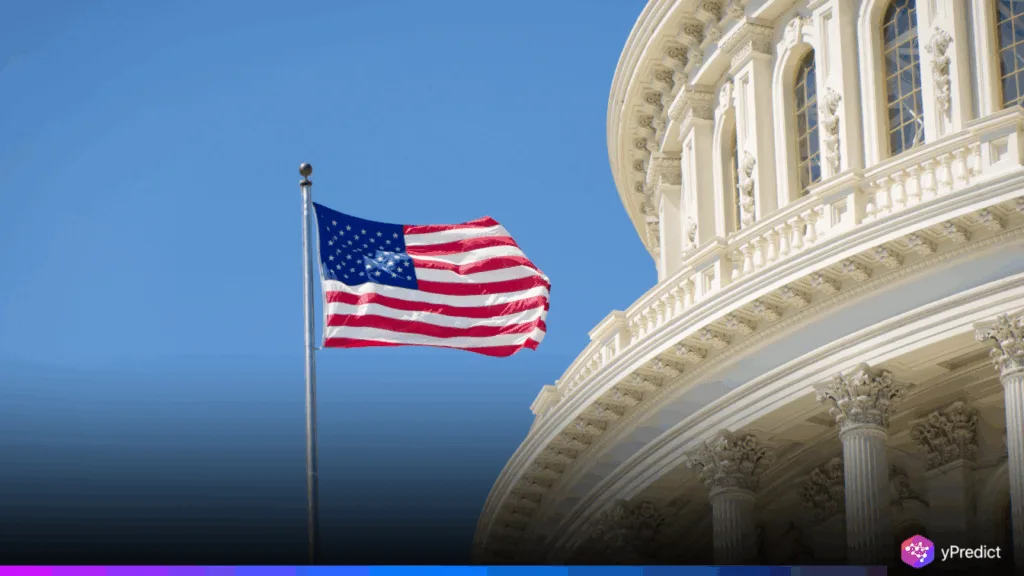
President Donald Trump’s renewed tariff plan, set to begin August 1, 2025, includes duties as high as 70%, targeting a wide range of countries and goods. The goal: protect U.S. industries through a reciprocal system based on how other nations tax American exports. However, economists warn that these tariffs could cost U.S. households nearly $1,200 annually and create inflationary pressure. With the tariff pause ending July 9, the stakes are rising. Deals like the one with Vietnam show Trump’s selective strategy, but concerns about trade wars, economic fallout, and a replay of 1930s protectionism persist in both business and political circles.
Policy Details & Economic Impact
Trump’s tariff rollout resumes after a 90-day pause, with rates set to reach up to 70% across various imports. A reciprocal tariff structure (10–50%) will also resume, matching foreign tariffs on U.S. goods. While deals such as Vietnam’s, 20% on goods and 40% on transshipments, show progress, tensions with China and India remain unresolved. The economic consequences are considerable. The Tax Foundation estimates average household costs could rise by $1,200 per year.
The JPMorganChase Institute estimates that the U.S. mid-sized firms will incur an additional cost of $82.3 billion with a 10 percent flat tariff. Advocates claim that proposed sectors such as job security and developing a home industry, including in steel and aluminum, are worthwhile, but opponents state that customers will have to pay more at the expense of competitiveness. What should raise more concern is the possibility of U.S. counter-retaliatory tariffs by China and others. In the agriculture and manufacturing sectors.
Increased input prices may damage the downstream industries, such as the auto and tech industries. Such dynamics are resonant with the Smoot-Hawley Tariff Act in the 1930s, which is widely accused of worsening the great depression. In sum, although it is an attempt to make the trade fair and revive the domestic economy, the tariffs of Trump can overburden consumers and cause some economic shocks. It will depend on negotiations and how the trading partners react to this U-turn of the U.S. policy.
Global Outlook and Historical Context
In 1930, the Smoot-Hawley Tariff Act increased the import taxation in the U.S. and led to retaliatory trade wars. A parallel can be drawn regarding the approach by Trump in the 2025 tariff strategy. Which, however, appears under different economic circumstances. Its opponents emphasize that it will not only put the U.S. in isolation economically, skew trade patterns, and negatively affect export-dependent industries. The current global marketplace is interdependent, unlike it was in the 1930s when chains of supply were simple. But that complication increases the stakes.
Increasing prices in raw materials and possible resistance by foreigners may interfere with industries and test U.S. relationships. The forecasts can make the tariffs a permanent fiscal addition to complicate the stability of long-term trade. Negotiations that continue to take place with such countries as China, India, and Vietnam are also a sign of managing fallout. Trump is trumpeting his Vietnam deal as a success. But it might be a precedent for arrogant clauses that can be subject to global revolt.
In the meantime, states are considering new trade partnerships that will serve to expose the U.S. to a lesser extent. The two industries of high impact (tech and agriculture) are uncertain. Farmers fear they will lose export markets, and tech companies can be affected by increased prices or by disruptions of supply chains. The tariffs will also cause more politicization of trade policy, which might discourage investment and innovation. In the end, the situation worldwide and economic figures on the home front will break the advantage/disadvantage of Trump tariffs, supporting American punches or turbocharging into a slump.
Final Takeaway
The 2025 tariffs proposed by Trump are a speculative venture on the idea of economic nationalism. On one side, they might shelter certain U.S. industries; on the other, they stand a chance of inflating, receiving a payback, and experiencing a case of déjà vu. With the July 9 deadline looming closer and the government implementing new tariffs on August 1, businesses and individuals, as well as the global market, prepare to absorb the shock. The result is not only the performance of the policies but also the response of the allies and rivals. It is not easy to say whether this can be one of the sustainable realignments in trade or the beginning of a long period of destabilization.







